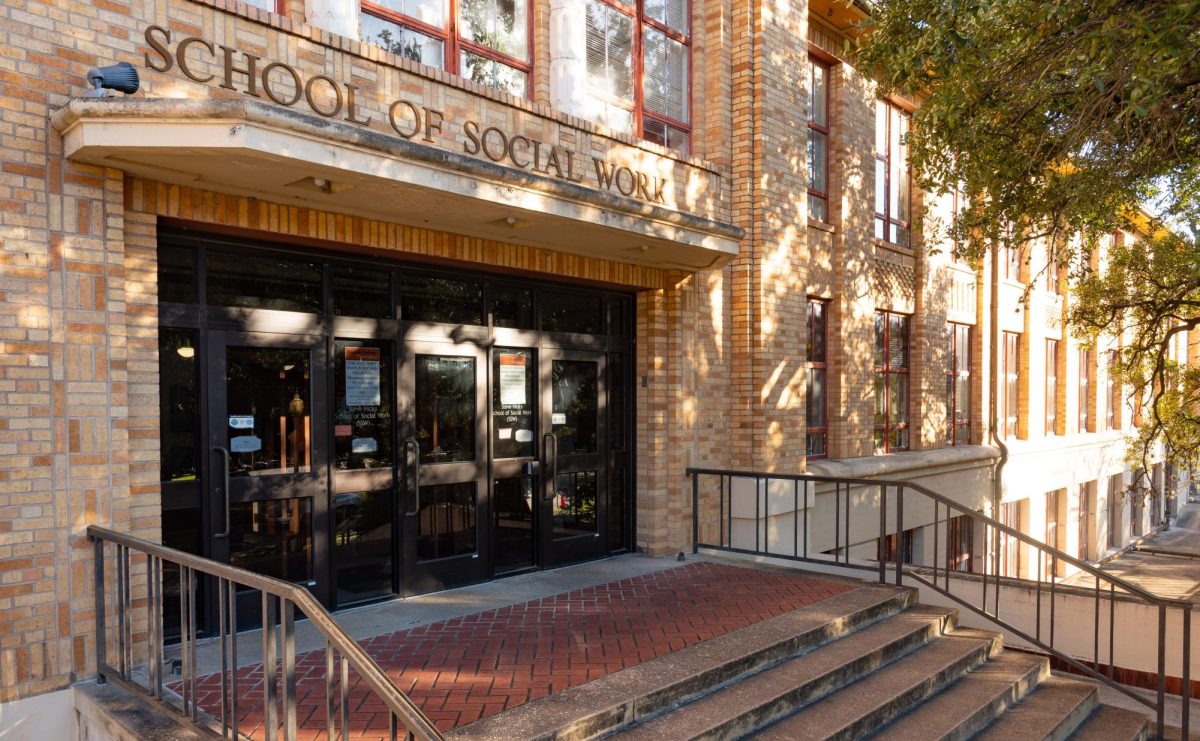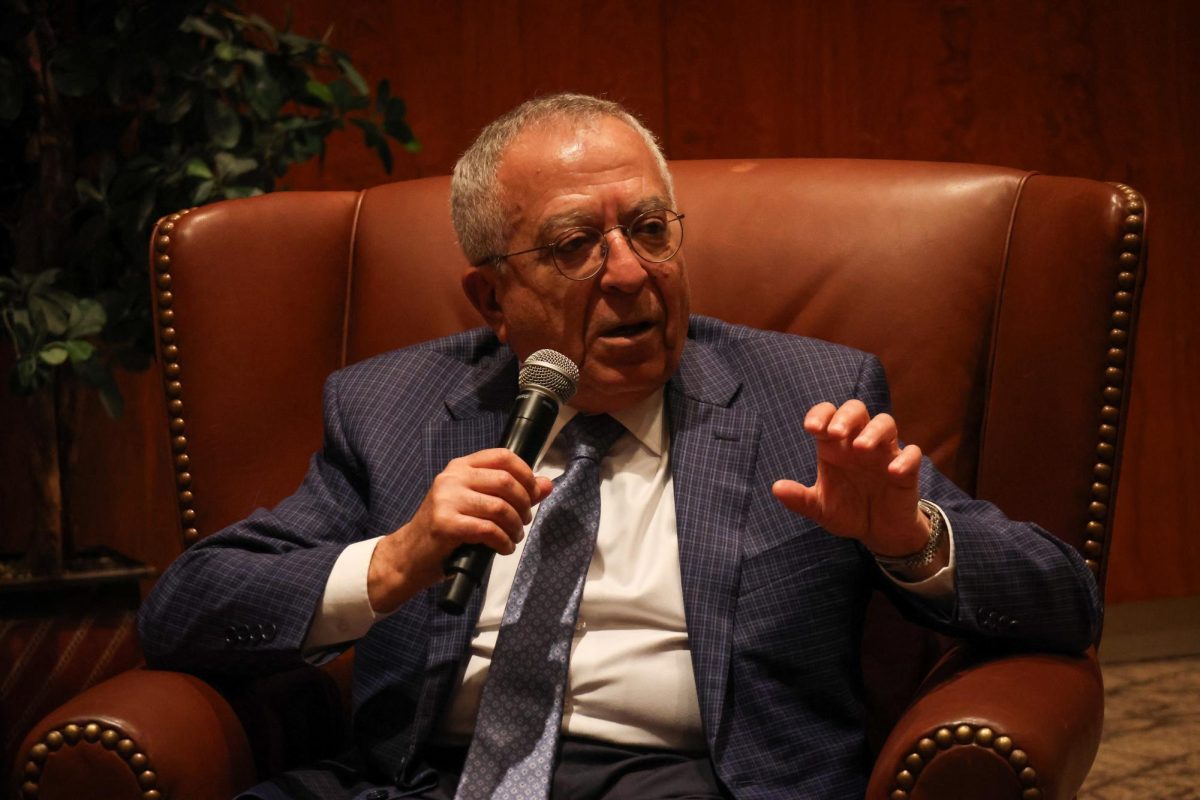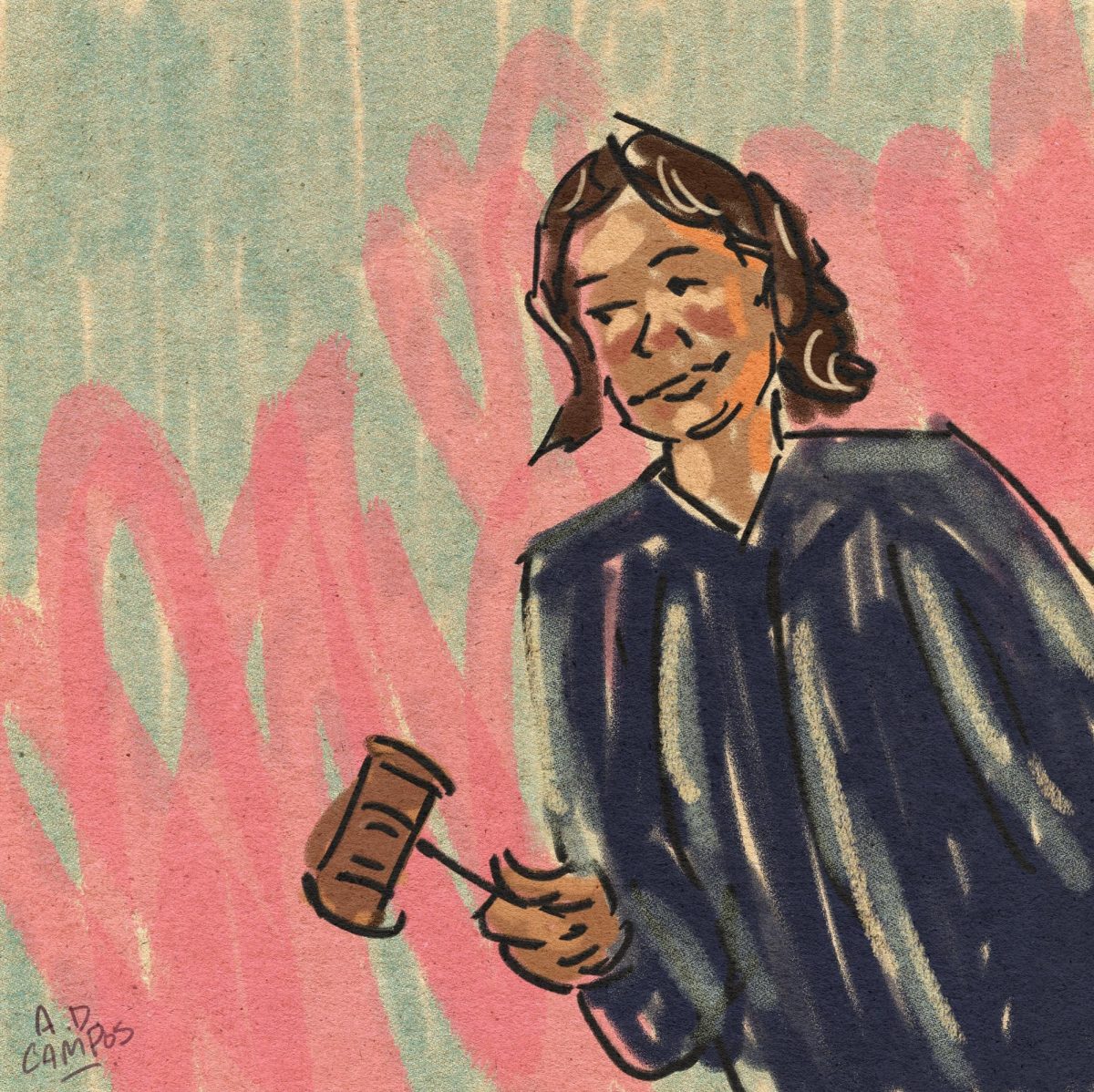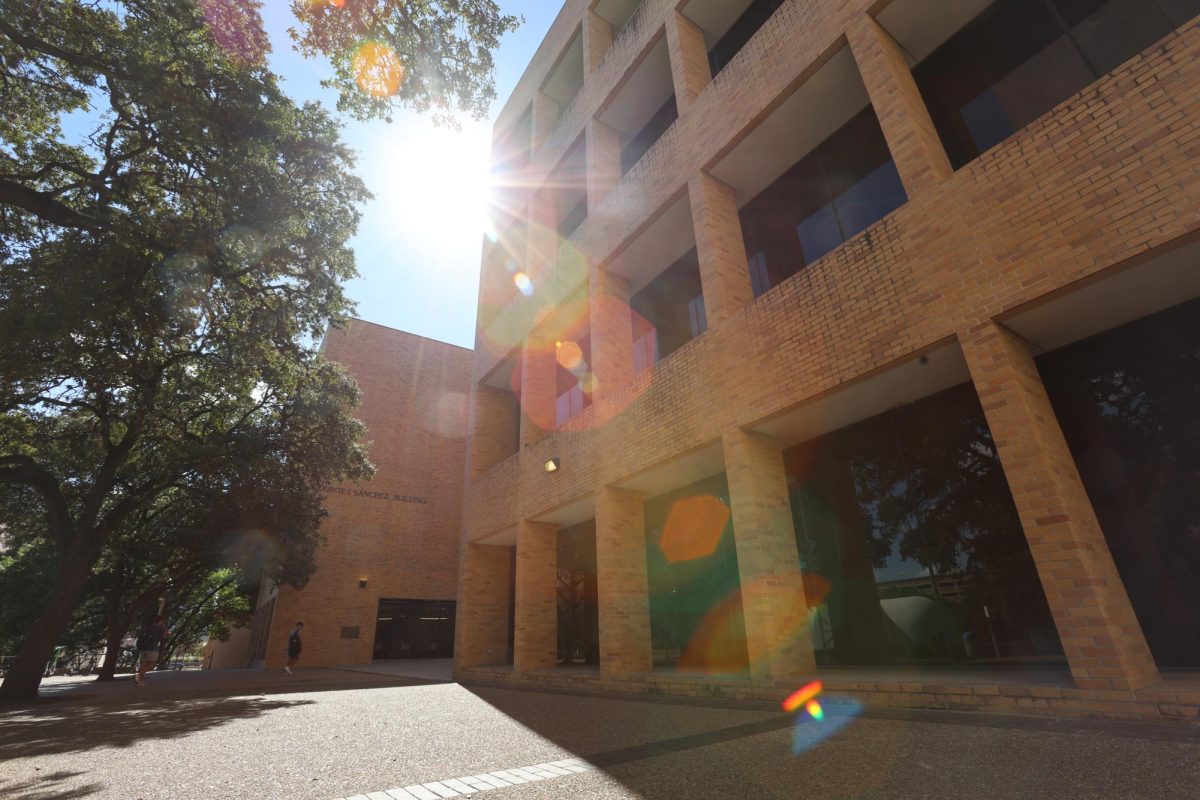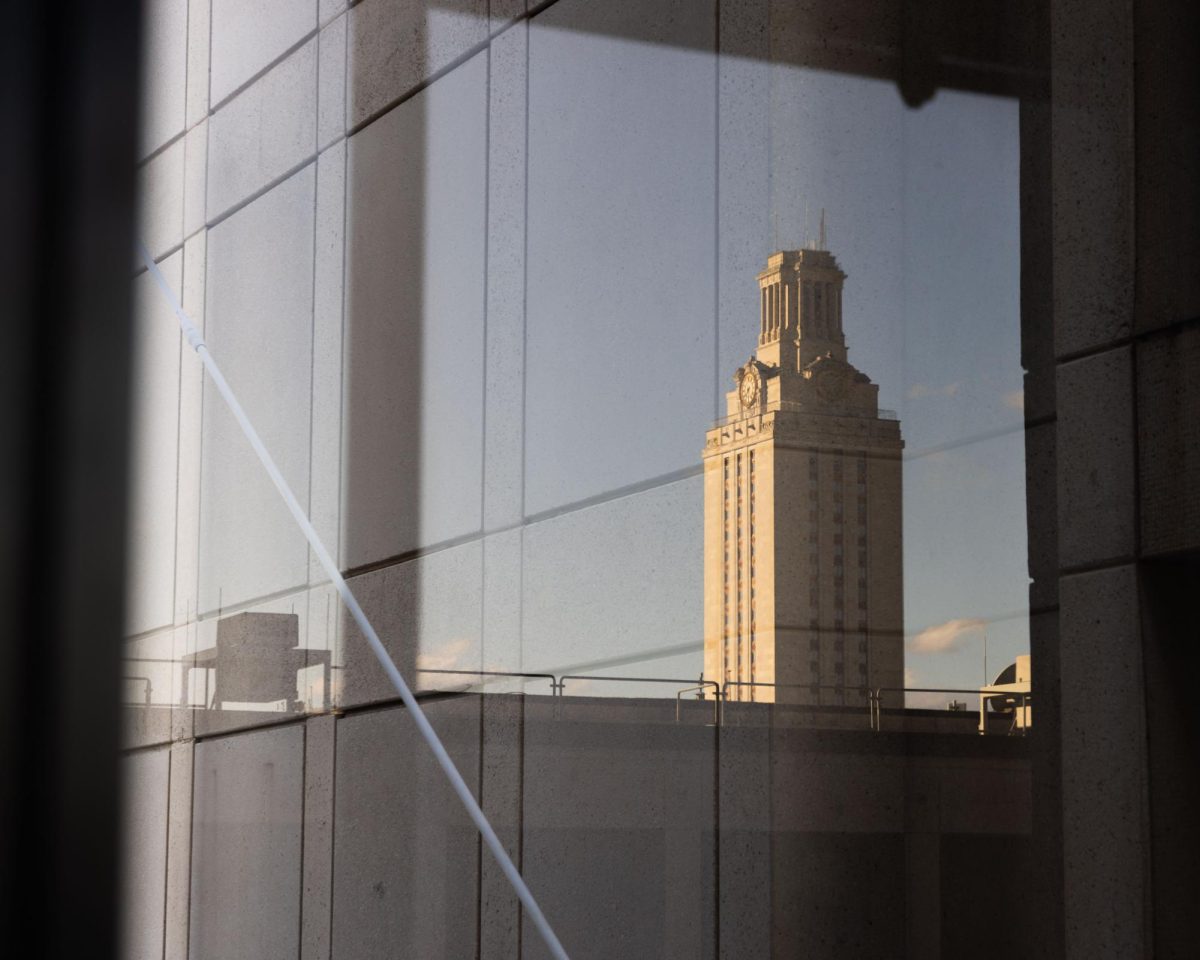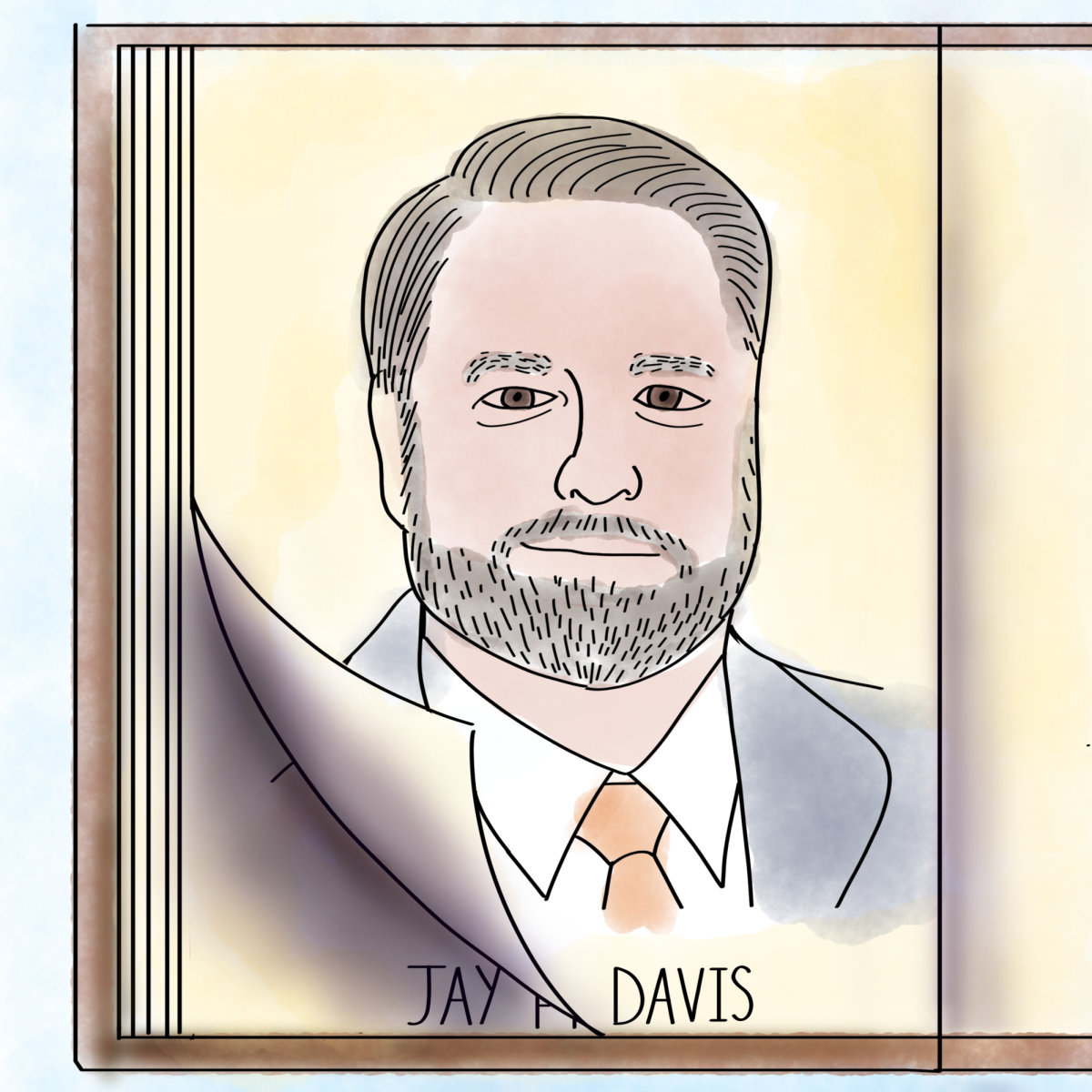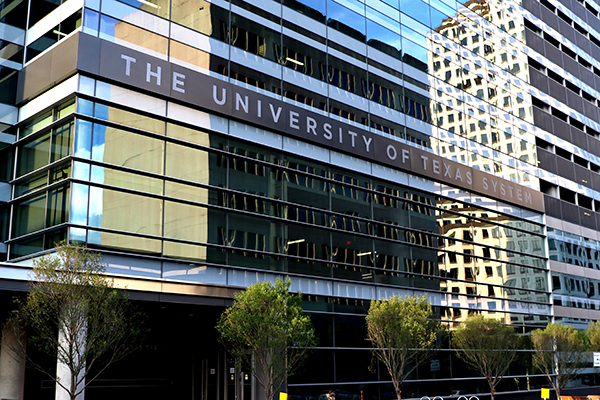The Texas Historical Commission voted on July 26 to begin the State Antiquities Landmark designation process for the Steve Hicks School of Social Work, possibly protecting it from demolition until a thorough review can take place.
Texas Athletics announced in February the University would demolish the building to construct a football training facility. Prior to housing the School of Social Work, the building was home to University Junior High School, the first fully integrated public middle school in Austin.
In a 13-2 decision, the commission voted in favor of Save the Past for the fUTure, a coalition fighting to preserve the building. The organization filed a State Antiquity Landmark designation application to the commission for the building to receive demolition protections. Coalition members and University representatives attended the hearing.
Edwin Bautista, co-founder of Save the Past for the fUTure coalition, said he was nervous before the hearing because he wasn’t sure if the commission understood the building’s historical significance.
“It was definitely a big relief,” Bautista said. “It felt like a big weight off my shoulders as far as understanding that we got past a hurdle that we weren’t sure if we were going to make. We very much (gave) it our all and knew this was the last hope.”
During the hearing, UT preservation planner Kim Barker said that the goal behind demolition is to integrate the School of Social Work into the main campus.
“This location is surrounded by athletic uses and the Moody Center, so it’s a far distance for students to walk to this side of campus for academic classes,” Barker said. “We think there’s better compatibility to move them to the core of campus.”
Kevin Eltife, chairman of the University of Texas System Board of Regents, said during the hearing that if demolition is approved, UT will try to commemorate the building by possibly creating historical exhibits of it.
Kathy Armenta, co-founder of Save the Past for the fUTure, said she was stunned when University representatives said the reasons for demolition were academic. These do not align with UT’s initial announcement, which only stated it wanted to make room for a football training facility, she said.
“We’re not opposing having athletics,” said Armenta, a retired social work professor. “It’s the displacement of a historical structure for the purposes of something such as a practice facility. … The reasons being given at the meeting never touched upon the athletic purpose.”
A University spokesperson said in an email that UT will “continue to respect the process as it plays out.”
The last step for the building to officially receive a State Antiquities Landmark is an administrative hearing process where an administrative law judge will decide on its future. A date for the hearing has yet to be announced.
“The politics of this is not lost on me, but I’m reassured that logic will prevail in this situation,” Bautista said. “We have made a strong argument around why the building should be preserved and the value the building has for (the) University and local community. Now it’s on UT to ensure that their argument is not only valid … but makes their case stronger than ours.”

